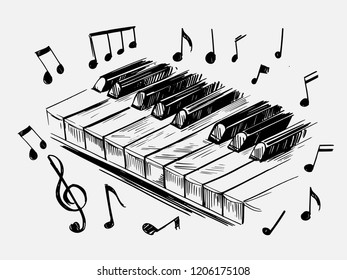
But to get there he flew to Amsterdam, where tulips flourish, so he combined them with the ebony wood native to Tanzania to make a joyous vibrant drawing. Moving among his drawings, Diebboll paused at Tanzanian Tulips done on architects' yellow tracing paper and featuring brightly colored tulips above an ebony-colored base.ĭieboll acknowledged there are no tulips in Tanzania, where he lived in 19 while designing its new capital city. Not all the exhibited drawings relate to music. These designs can be seen in Diebboll's book The Art of the Piano, as well as at the current Mitchell Gallery exhibition curated by Sandy Davis.Ī whimsical spontaneity can be seen in Diebboll's meticulous pencil drawings, which he describes as "iconographic metaphors found and colored to convey the melding of subject and architect." Seeing pianos as art objects, the architect/artist has since 1997 completed more than 300 art-case piano designs intended to be built as original pieces, although thus far none has been constructed. "The piano form allows people a point of access," Diebboll said, noting that its shape allows for more flexibility than instruments like the trumpet.

I'm listening to music when I'm working on the drawings." 6, Diebboll explained: "I love to play the piano, but I am not a pianist, so I draw. At his talk at the preview and book-signing reception Jan. Whatever our musical preference we can find it illustrated among these 35 drawings celebrating idioms from jazz to opera.


 0 kommentar(er)
0 kommentar(er)
